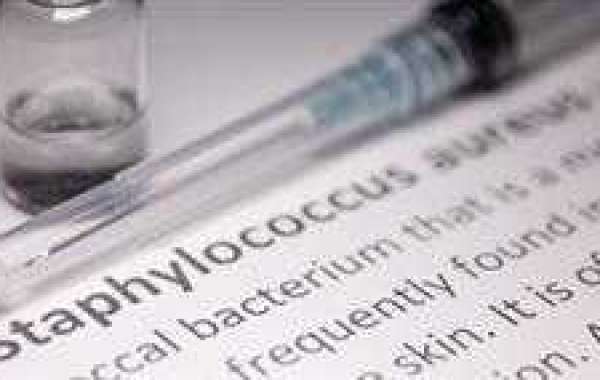Story at-a-glance
- If you’re a healthy person, there’s a 15 to 40 percent chance that you’re a carrier of staph bacteria
- Staph bacteria can cause various skin and invasive infections, some of which may be life-threatening if not treated immediately
It’s safe to say that beneficial bacteria are an essential part of human biology. They perform certain functions, such as helping improve our digestive health and protect us from gastrointestinal diseases. These bacteria are known as probiotics.1
On the other hand, there are certain types of bacteria living in you that do not provide any benefits at all. One example of such parasitic bacteria is Staphylococcus aureus, or simply known as “staph.”
You May Be a Carrier of Staph Bacteria and Might Not Know It
If you’re a healthy person, there’s a 15 to 40 percent chance that you’re a carrier of staph bacteria. This means that your body contains a small colony of inactive bacteria that won’t cause any disease or infection. Normally, staph bacteria live in your nostrils or flexures (skin folds), such as your elbows and armpits.2
However, if you’re exposed to additional amounts of these microorganisms from an outside source, your immune system won’t be able to fight them back. Should this happen, there’s a high chance you may develop a staph infection and pass it to others.
Common Infections Caused by Staph Bacteria
There are two types of infections staph bacteria can cause: skin infections and invasive infections. If you have a staphylococcal skin infection, various infections may arise depending on what part of the skin the bacteria will infect. Invasive staph infections are similar to skin infections, but with the difference being that the bacteria target your internal organs, hence, the name “invasive.” Some of the most common staph infections include:
•Food Poisoning: This occurs when staph bacteria are directly ingested due to bacteria-laced food, causing diarrhea and vomiting. Stomach pains are common as well.3
•Pneumonia: A condition wherein staph bacteria infect the air sacs in your lungs, causing difficulty in breathing, coughing and a fever. Additional symptoms include chest pains and fatigue.4
•Impetigo: Common among toddlers and infants, impetigo is a skin infection characterized by large, red spots. Blisters and crusting of the skin may also occur.5
•Boils: An infection of hair follicles or oil glands, boils are red, swollen spots that are painful and tender to the touch. They’re often filled with pus, and may eventually break open and drain.
•Wound Infections: Cuts and wounds, such as those you might get from spending time outdoors, can create an opening in your skin. When staph bacteria invade these openings, they can infect the wound, creating a buildup of pus, along with swelling and pain.6
Learn All About Staph Infections in This Guide
Staph bacteria can cause various skin and invasive infections, some of which may be life-threatening if not treated immediately. This guide will help you learn about different diseases staph bacteria can cause, their symptoms and their corresponding treatments. You will learn various prevention methods as well, because staph is highly contagious and you may infect someone if you’re not careful.














